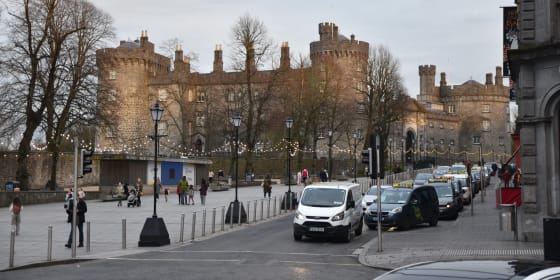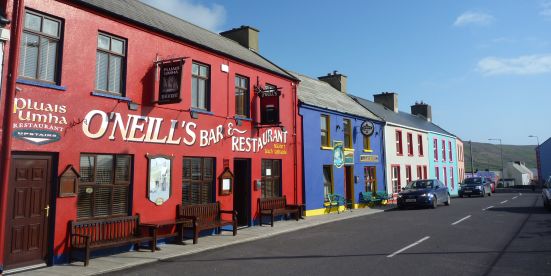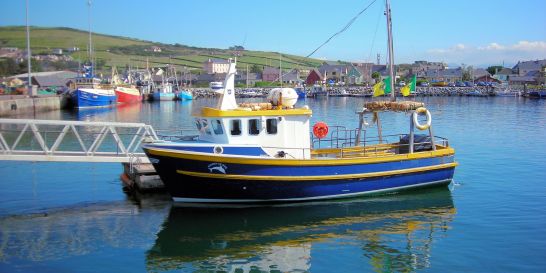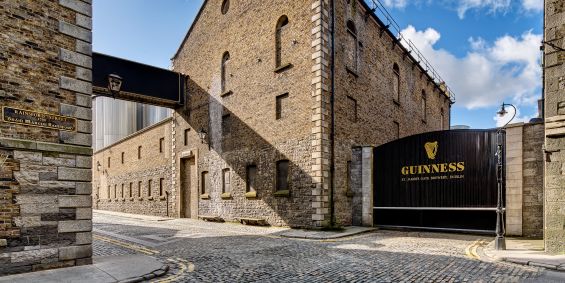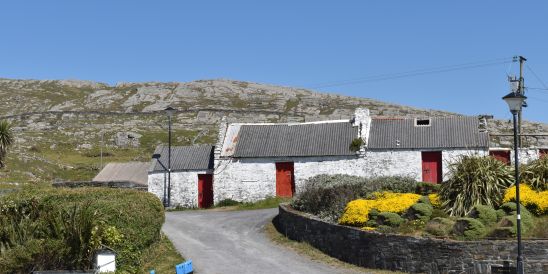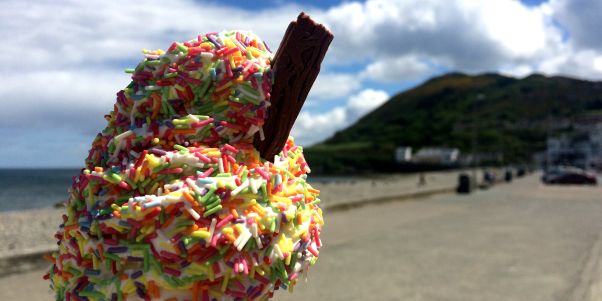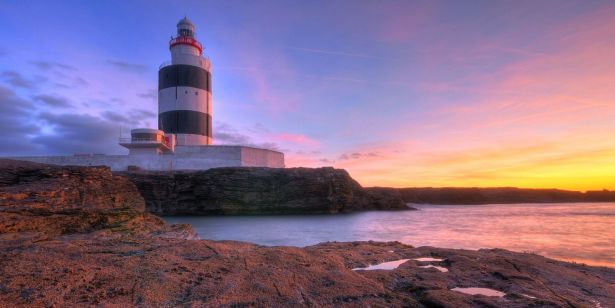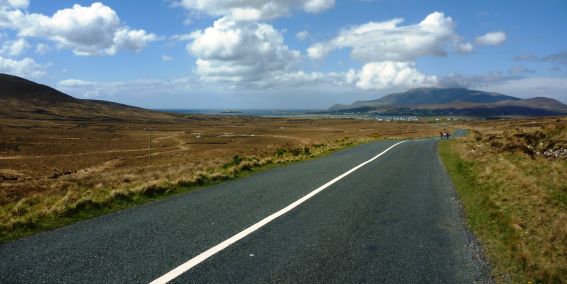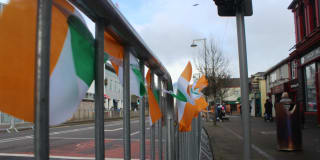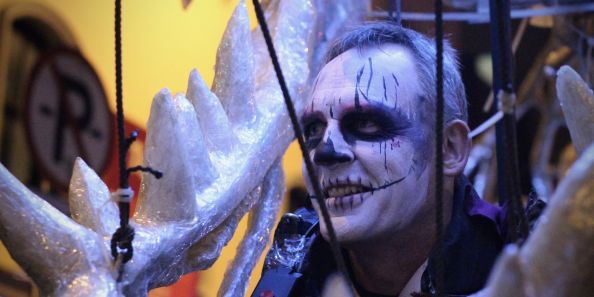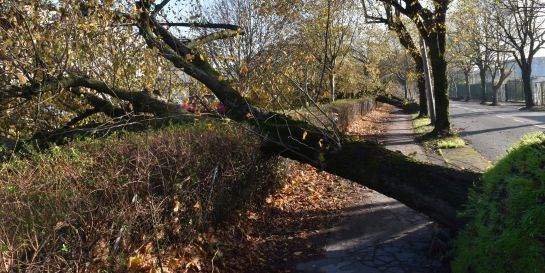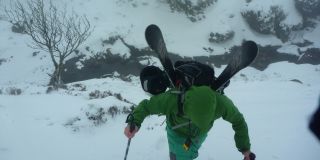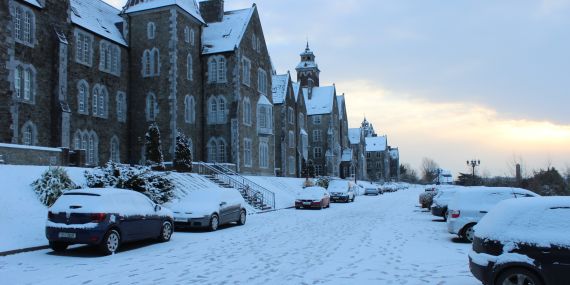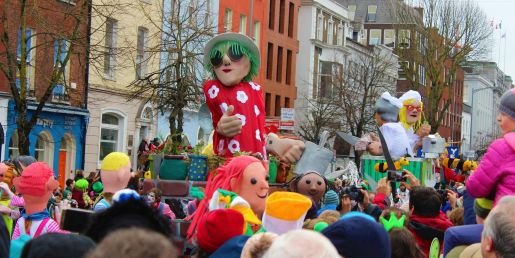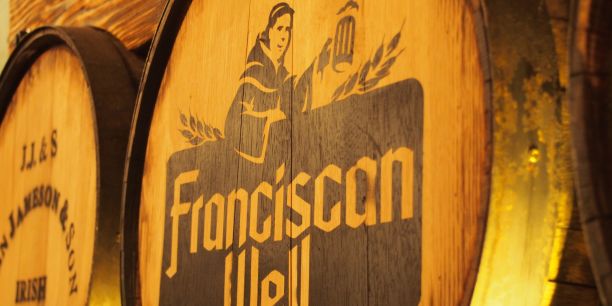England's Lake Buttermere and Warnscale Bothy
It was the hottest day of the year. The sun was still high in the sky and I had enough water to get me back to the old slate quarry where I had parked up for the day. But the temperature was approaching 90 degrees Fahrenheit and still rising — I would need to reach the shade of the old shepherd's hut soon. The handwritten markings on my map told me I must be nearby, and so I pressed on.
The journey began more as a feeling than an idea. My wife and I received a framed landscape photography print as a wedding gift. A steep-sided valley with a sprawling lake in the distance. In the foreground lay an old stone hut or 'bothy' as they're known in rural England. I had no idea where the picture was taken, but it was beautiful. As I looked at it one evening, I arrived not so much at a decision, more an awareness. I was going to find and visit this stone hut.
I had no particular reason for doing this. This place just spoke to me, and so I listened. I would find this hut and recreate the photo that was hanging from our living room wall. Why not?
The project had started.

It began with detective work. After all, the first task would be to find an abandoned stone hut that could be almost anywhere on Earth. But the steep-sided crags and the wriggling expanse of the distant lake both hinted at Britain's most popular national park. I typed the name into Google Earth — The Lake District, Cumbria (England).
The lake in the picture had a distinctive shape to it. Cumbria's most famous lakes were already known to me. The outlines of Windermere, Wast Water and Coniston did not fit the picture I was looking at. Then Lake Buttermere caught my eye.
The same rectangular shape. Same distinctive inlets. Same contours to the southwest, where Haystacks, High Crag and Red Pike reach up like outstretched fingers under a blanket. I had my location.
It took longer to pinpoint the stone bothy itself. From above, it just looks like a pile of slate scree. And there are plenty of those in Cumbria, especially this close to the disused slate mine. But with enough zooming in and out on Google Earth, cross-referencing an old map for the contour lines, I identified the exact location of the bothy.
We had lift-off.
Perhaps the easiest part of the enterprise was persuading my wife that a holiday in The Lake District was called for. With the organisational élan she is known for, she swiftly booked us into the Macdonald Old England Hotel & Spa, a traditional English hotel on the water's edge of Lake Windermere.
This was actually happening.

The MacDonald Old England is one of several charming hotels overlooking the lake in Bowness-on-Windermere. We arrived to find a small, friendly town with a warm and welcoming buzz. This is definitely one of those places where you can feel the relaxed excitement that tourists bring with them. The Lake District attracts up to 20 million visitors each year.
Judging by the number of top-quality restaurants on offer, these visitors do not go hungry. A couple can expect to pay £70-100 for three courses, plus extra for drinks. Our first night took us to Trattoria Bowness where we were very well catered for, choosing from a menu that offered a wide selection of Italian-inspired temptations. I was fuelling up for a day in the mountains and succumbed to these temptations without demur.
After a sunset stroll along the water's edge, I retired for an early night. Tomorrow, the adventure would begin in earnest.
The day started early with a full English breakfast and as many cups of tea as my body would take. Then, I collected some last-minute supplies from Stuart's Sports, a family-run outfitter which has been serving local and visiting hikers since 1977. Suitably kitted up, I hit the road.
The journey by car was a pleasure. A meandering sixty minutes was spent in open-mouthed disbelief at the beauty of the landscape. I spend a lot of time outdoors and have never seen anything quite like The Lake District. I was awestruck. The crags, fells and pikes rise imposingly into the sky, with equally stunning views waiting around every turn. It was truly stunning.
With growing excitement, I arrived at the Honister Slate Mine. Once a working quarry, today this is a popular hub for outdoor pursuits. There is even a Youth Hostel across the road. People come here to try canyoning, via ferrataclimbing, an 'infinity bridge' and the even more descriptive 'Adrenaline Pass'.
Pass is exactly what I did. Swiftly. With a more specific goal in mind, I locked up my car and set out on foot.

I had marked the location of the bothy on my Ordnance Survey map and the only big challenges I faced were the temperature and the steepness of the climb. I had not packed for this kind of heat and there was no shade in sight.
A 630-foot climb levels out and gradually descends past a shepherd's hut towards the bothy itself. After months of contemplation and weeks of planning, the walk itself was disappointingly uncomplicated. In my head, I was an explorer venturing intrepidly off-grid. But the scenery was genuinely breathtaking and, as Buttermere crept into view, civilization seemed a million miles away.
At least, that's how it seemed until I reached the bothy.
As I finally reached my destination, I was practically scripting the film score in my head. I felt genuinely triumphant to have found and reached this spot — until now just an endearingly wonky shack, framed in a picture on my wall. I took out my camera and tripod, ready to claim my moment of glory.
I took my time to compose the shot and focus the lens before positioning myself on the wall, remote-control switch in hand. I tried my best to look like I hadn't been waiting months to capture this moment.
3-2-1...
A dog appeared in the frame. Then a dog owner. Then a group of non-dog-owning fellow travellers.
"We're not spoiling your photograph, are we?"
How best to reply? I'm in England. The home of good manners.
"Oh, not really. I was just..."
"Jolly good!"
And with that, the whole group sat down, divvying up an extensive picnic as item after culinary item emerged from every pocket and crevice of their baggage. Even the dog seemed unhurried in his appetites.
For thirty long minutes, I sat mutely on a nearby rock, waiting for the group to satiate themselves and move on. Eventually, they did, having neither looked at nor mentioned the bothy.
Take Two.
I readied the camera once again and repositioned myself beside the hut. This is my moment.
"Hey, Dad, check this out!"
Appearing seemingly from nowhere, a child was entering the bothy. With unabashed enthusiasm, his family followed suit.

Exactly as I had done less than an hour earlier, they were now discovering that a charity called the Mountain Bothies Association maintains this place for any hikers who get lost in bad weather. A wood stove, a makeshift bed and an ancient guestbook await any wayward wanderers in need of shelter. It's a touching act of generosity by faceless volunteers we have no way of thanking.

I chatted with the family for a few minutes in shared appreciation of this little stone structure. Then, as quickly as they had arrived, they departed.
I checked the landscape for incoming photo-bombers and repositioned myself for take three. Deep breath and...
Click. I had it.

Looking somewhat tired and immeasurably relieved, I'm smiling at the camera with one thumb pointing up in the international sign of 'job well done'. I had finally done it.
I spent the rest of the afternoon contouring the ridges and peaks that delineate Buttermere's southwestern flank. I was in splendid solitude for most of the day.
As my water supplies grew shorter and my shadow grew longer, I made my way back to the slate mine and a car which had by now reached thermonuclear temperatures. With the windows rolled down and a heady sense of achievement, it was hard to imagine a more gratifying journey back to the hotel.



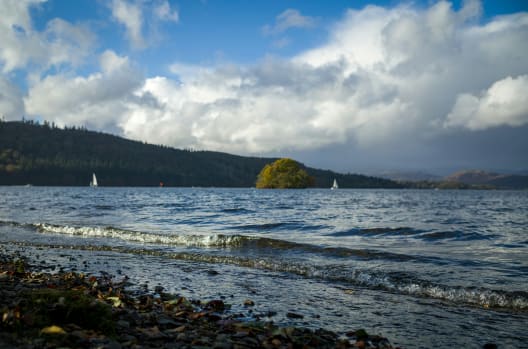





We spent a few more days exploring The Lake District at a lazy pace. The shops, pubs and tearooms seemed so quintessentially English it was like spending a few days in a postcard. We took a boat cruise on Lake Windermere and spent our evenings watching the sun set over the water.
I stopped in a photography shop, of course, and got my photo developed. When we got home, I immediately installed it in pride of place, next to the print that inspired it.
Two weeks later, I was at an open-air market flicking through some prints by landscape photographer, Mark D Lewis. My eye fell on an idyllic scene with a written description by the photographer.
"Cedryn is an old abandoned shepherd's cottage in the remote valley of Cwm Eigiau in Snowdonia, Wales."
It was more of a feeling than an idea...
The Lake District is a popular stop on several of our tours of England and Ireland.


